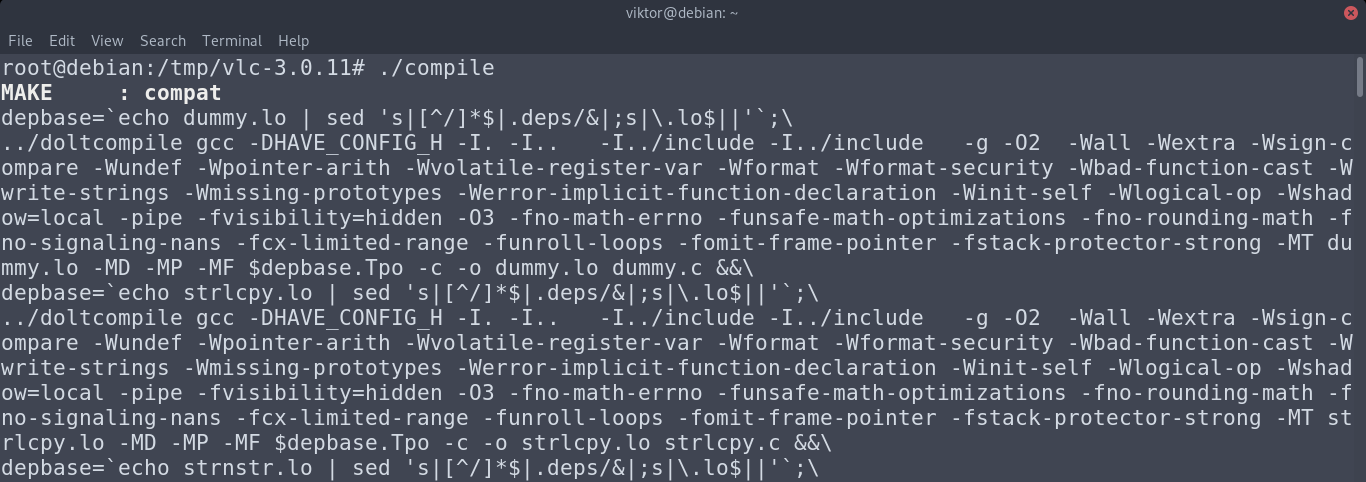


You can also use Python code below if you do not have nc (netcat) on your computer. Gracefully shutdown VLC echo quit | nc localhost 8082 no-video :screen-fps=15 :screen-caching=300 \ screen-left=0 -screen-top=0 -screen-width=800 -screen-height=600 \ screen-mouse-image="mouse_pointer.png" \ You can also use this to get more exhaustive list: vlc -H If you look for help, on a particular module, you can also use vlc -p module -advanced -help-verbose -help-verbose explains things. TXT file containing all the command-line options. To enable remote control interface for VLC you will need to add options -extraintf rc -rc-quiet Running the command vlc -help will create a. Commands can then be passed using this UNIX socket. To use a UNIX socket (local socket, this does not work for Windows), use -rc-unix /path/to/socket. Then, by connecting (using telnet or netcat) to the host on the given port, you will get the command shell. To be able to remote connect to your VLC using a TCP socket (telnet-like connetion), use -rc-host your_host:port. You can connect to your VLC using a TCP socket or a UNIX socket. Vlc://quit option will not work when you capture screen because stream is never-ending source. Finally, “ mux” is the format, to select among ts, ps, ogg, avi, etc.Īs you may have noticed, the access option makes the difference between transcoding and streaming on the networking.Ctrl+ C kill process (in this case VLC) with signal SIGINT. “ dst” stands for destination and defines the name of the output. The type of output can be “file”, “udp”, “rtp”, or “http”. Then, “ access” is for saving the transcoded file. The list is quite long so you may want to check on the official website. You can choose among the codecs supported by VLC, like mp4v, MPJG, WMV1, vorb, flac, etc. Both “ vcodec” and “ acodec” define, respectively, the video and the audio codec used for the transcoding. The “ -sout” indicates the output channel. In “ ” you put the file or flux that you want to transcode.

'#transcode'Įven if it may seem a bit complex at first, each element is pretty easy to understand.


 0 kommentar(er)
0 kommentar(er)
